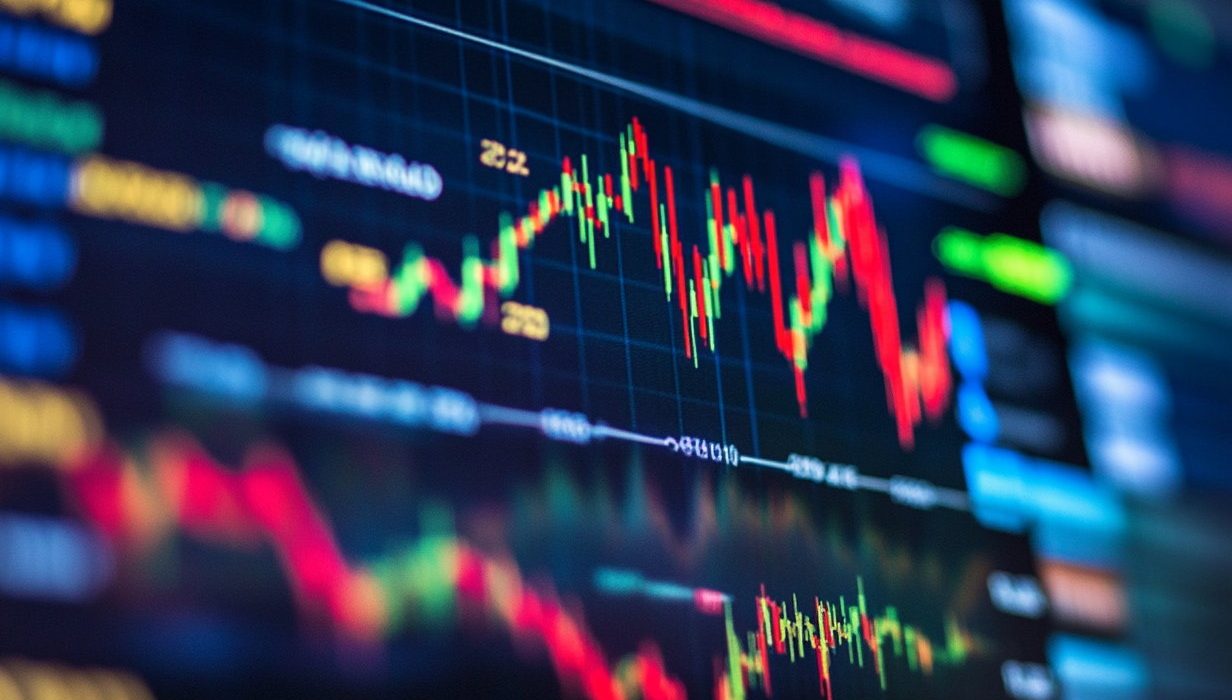As fixed income markets adapt to structural shifts in rates, regulation and technology, trading desks are rethinking their strategies. At the ICMA annual conference, market experts explore how electronification, AI and evolving liquidity dynamics are reshaping the landscape – and what it means for the future of bonds.
Fixed income markets are undergoing a profound shift. From electronification and data-driven execution to the rise of AI and smart algorithms, we’re moving from legacy systems and relationship-based trading to an increasingly automated, competitive and complex environment.
But the evolution is not always uniform. Whilst high, liquidity remains fragmented, especially in Europe. Regulatory pressures are diverging across regions, and the role of human judgement is, crucially, being redefined.
Before the mad rush to the next tech horizon, questions abound. Are algos enhancing best execution or just gaming the system? Is data helping us – or exposing us? And what does the future fixed income trading desk look like? These are some of the questions experts debated at ICMA’s annual conference in Frankfurt in early June.
The automation revolution
Kate Finlayson, global head of FICC market structure at JPMorgan, highlighted the significant progress in electronic trading seen across various asset classes, from rates to credit markets.
The rates market is the most mature market with more standardisation and automation, while the credit market has seen growth due to portfolio trading and exchange-traded fund (ETF) ecosystems. However: “We’ve seen electronic trading in pockets where we perhaps wouldn’t have expected it,” she explains, citing examples in municipal bonds, CLOs and even equity derivatives.
In all areas, the rise of automation is driven by client demand, with portfolio trading becoming a substantial portion of electronic trading volume in Europe and the US. The interlinkage with the ETF ecosystem, the rise in request-for-markets (RFMs) protocols – all of these trends are contributing to the rise in electronification. But there is always a catch.
“Where there is the ability to leverage technology, all of this takes investment spend,” warns Finlayson. “You then have to assess how you prioritise that investment spend against everything else that you are facing, and how you think about leveraging that system to scale, so that whatever works for one asset class can then be used across a variety.”
Tech horizons
According to Alberto Martín Jusdado, head of business development for electronic trading solutions at valantic FSA, the fragmentation of fixed income trading across multiple protocols – RFQ, RFM, portfolio trading – as well as traditional channels such as voice and chat, has made seamless aggregation critical.
“Now a single firm has to deal with many different trading platforms, with different protocols and trading venues,” he notes. “Some years ago, it was more optional – a ‘nice to have’. Now, if you don’t have proper aggregation, you may be at deep risk – or at least at a disadvantage compared to some of your competitors.”
While automation is advancing, its value hinges entirely on the quality of data beneath it. “Automation based on poor or incomplete data is useless,” Jusdado warns.
As a result, firms are investing heavily in building robust, high-quality data pools to support analytics, pricing and execution decisions. Notably, even in less-liquid areas of the market, such as structured products, institutions are beginning to digitise workflows and generate proprietary data to prepare for the next phase of automation.
The rise of the algo
Algorithmic trading is rapidly reshaping the competitive landscape – not just between buy- and sell-side, but also within each. “We see now a sort of battle of the algos,” Jusdado says, pointing to growing usage by non-bank liquidity providers and increased sophistication across all participants. As the pace of automation accelerates, algos are becoming the sharp edge of execution strategy in fixed income trading, driven by the dual forces of data and aggregation.
Angela Lobo, head of EMEA eSales at Jefferies International, who was instrumental in the early development of credit algos for the sell-side, shared some striking statistics.
“In Q1 this year, we saw almost 5,000 ISINs being priced by algorithms, with 96% of RFQs having at least one algo response,” she says. European investment-grade volume saw 37% of trades executed by algorithms, with 60% of tickets priced algorithmically.
However, this technological advancement comes with challenges. Lobo warned of the potential for algorithmic “gamification”, where algorithms learn to manipulate trading platforms to ensure inclusion in trade requests.
“The reality is that because algos are getting smarter, they are beginning to understand what kind of data actually goes to ensure that they’re always included in a request for trade,” she cautioned. “We must be careful that the tail doesn’t start wagging the dog.”
Relationship status
So, should desks be cautious of racing too quickly towards this new dawn?
“We have to remember that trading fixed income is 100% a relationship business,” urges Pauli Mortenson, global co-head of fixed income at Norges Bank Investment Management (NBIM).
“When we talk about the electronification of trade, we should only be looking at what can be automated without hurting our relationship with our counterparties, because they are the ones providing us with liquidity. The buy-side itself is not yet in a position to provide liquidity to each other, so we are dependent on sell-side trading desks. Of course, there are also new liquidity providers out there who are challenging the machine.”
In terms of what can be automated, the buy-side tends to go for the low-hanging fruit – automating the liquid stuff so that more time and attention can be given to the trickier trades. “Technology has to be built from the bottom up,” stresses Mortenson. “And it has to look at the whole trade lifecycle rather than just an individual trade, in order to execute it at the lowest cost and with the best data.”
Checks and balances
The key is to be aware of opportunities and limitations – whether of technology, or of people – and balance them accordingly. For example, Finlayson at JPMorgan suggested that AI could “reduce cost, introduce further trading efficiencies, enhance decision-making” across various areas, including risk management, fraud detection and portfolio management – all key benefits. But NBIM’s Mortenson also emphasised the importance of critical thinking. “Don’t have blind trust in what AI brings up. Use common sense.”
This sentiment echoes a broader message around the continued importance of human expertise. AI should be about “helping end-users with additional data points and additional ideas”, added Jusdado.
Using tools such as AI as a foundation for human decision-making, not as a complete replacement, is the way forward. And the threat is the potential over-reliance on technological solutions. For example, Lobo at Jefferies pointed out the risk of data becoming “benign”, with dealers streaming prices on every bond, making traditional market indicators less meaningful.
The future of fixed income trading will lie in finding the right balance between technological innovation and human expertise. As Jusdado concludes: the key is to be “smarter, faster and more agile”, while maintaining the critical human element that has always been at the heart of financial trading.
The message is clear: technology is a powerful tool, but it remains just that – a tool. The most successful traders will be those who can effectively leverage technological advances while maintaining the nuanced judgement that only human expertise can provide.







